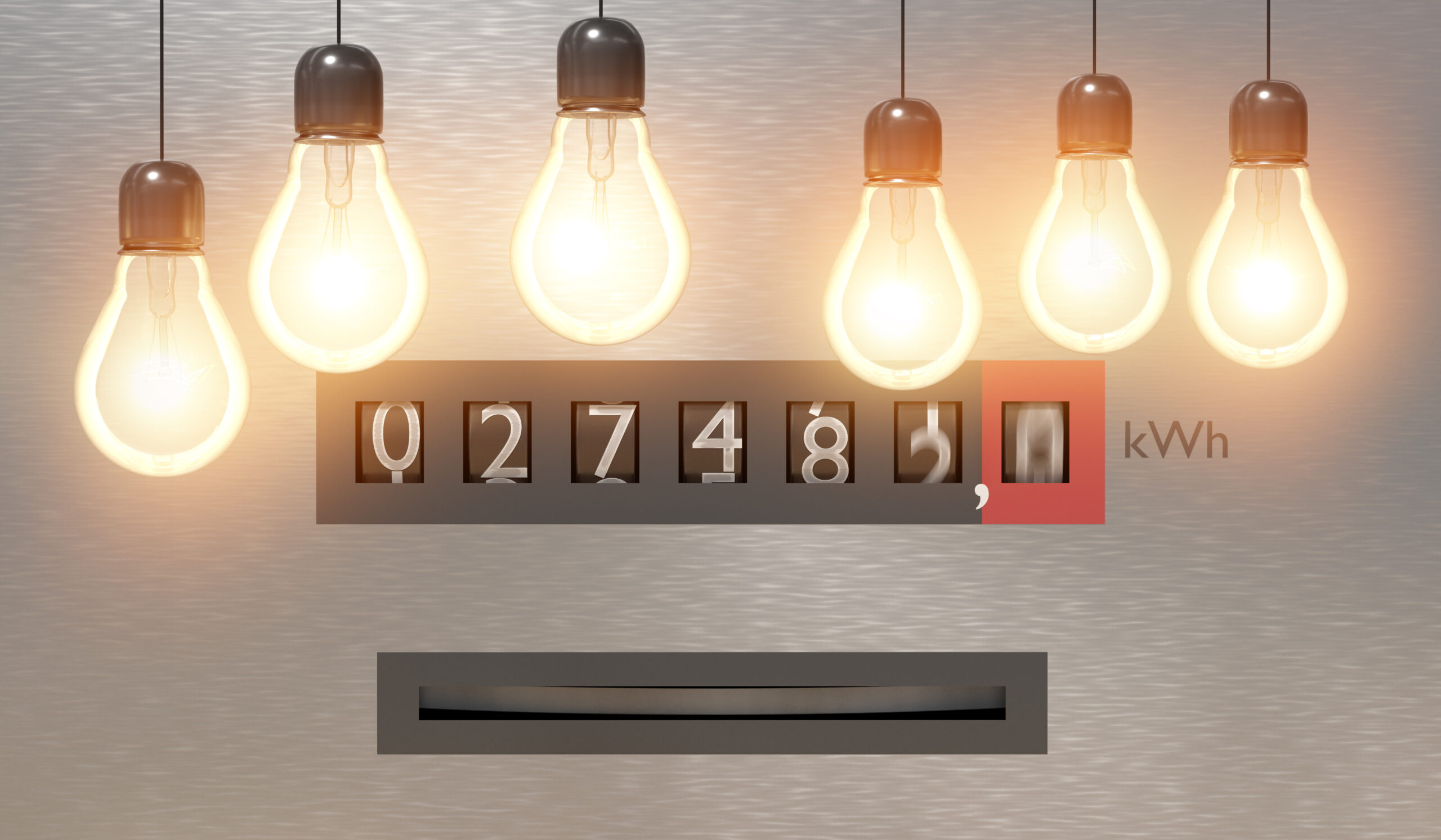Know Your Energy Retailers To Compare And Connect Electricity
Electricity retailers are categorised in two ways – by market share and by structure. Knowing which category of retailer you are signing up for can help you understand the risks and benefits before you switch electricity and gas plans, which is particularly important in the current energy crisis.
This page will explain the different types of energy retailers as well as what it means for you:
By Market Share
By structure
Australian energy retailers explained by market share
The Incumbents (The Big Three)
Incumbent retailers exist in deregulated markets. They are the retailer that purchased the customer base at the time of deregulation. Because of this, they usually still hold the biggest market share in that area.In Australia, the incumbent retailers are often called the Big 3, because of their large market share. They are EnergyAustralia, Origin and AGL.
The below table shows the market share of the Big 3 in each deregulated market.
| State | Big 3 Market Share (electricity) |
| Victoria | 55% |
| New South Wales | 79% |
| Queensland | 50.7% |
| South Australia | 72.6% |
In some states, notably Queensland and Victoria, the market share of the Big 3 was in decline, as more independent retailers entered the market with appealing offers to incentivise moving home electricity providers.
Recently though, the skyrocketing energy prices have caused a swing back to Tier 1 providers. In some cases, smaller retailers have taken the unprecedented step of advising their customers to move to a larger company because they have been left with no choice but to pass on large price increases to their customers.
In other cases, customers have preemptively made the move to a Tier 1 retailer to try to find stability in a volatile market.
The incumbent retailers have an obligation, by law, to offer everybody in their network distribution area a standing offer energy plan (a plan at the reference price set by the government). This means in times of volatility in the market, when smaller retailers scale back operations and increase prices, the incumbents often take on more, low-profit customers.
The table below shows which retailer is the incumbent for each electricity network distribution area. If you are not sure which distributor zone you are in, you can find out from the Australian Energy Regulator (AER).
| Incumbent Retailer | Network |
| EnergyAustralia | AusNet Services |
| Ausgrid | |
| AGL | United Energy |
| Jemena | |
| Energex | |
| SA Power Networks | |
| Origin | Citipower |
| Powercor | |
| Essential Energy | |
| Endeavour Energy | |
| Energex |
Tier 1
Tier 1 retailers are energy providers who hold 10% or more of a particular distribution network region. In areas where EnergyAustralia, Origin and AGL are not the incumbent retailers, they are often Tier 1 retailers.Along with the Big 3, Tier 1 retailers in some distribution areas include Alinta Energy, Simply Energy, Red Energy and Lumo Energy.
Tier 2
Tier 2 retailers are companies that service less than 10% of the market share in a particular distribution network.Since the deregulation of many states, Tier 2 retailers have become more common, although it can still be difficult for them to compete on price with some of the larger Tier 1 companies who have more wholesale buying power.
Tier 2 retailers have brought more competition to the market and offer customers a wider range of choice for their power bills. Many customers appreciate not being tied to the Big 3 and having more options to connect electricity and gas if they are not happy with their current provider.
Retailers by tier
The below table lists Australian electricity retailers by tier, showing their market share (this is not an exhaustive list).| Tier | Retailer | Market share | Combined market share |
| Big 3 (Tier 1) | Origin | 27.2% | 64.90% |
| AGL | 22.4% | ||
| EnergyAustralia | 15.3% | ||
| Tier 1 | Alinta Energy | 4.9% | 12.70% |
| Red Energy | 4.9% | ||
| Lumo Energy | 0.6% | ||
| Simply Energy | 2.3% | ||
| Tier 2 | Ergon Energy | 9.5% | 21.00% |
| Aurora Energy | 3.6% | ||
| ActewAGL | 2.5% | ||
| Powershop | 0.9% | ||
| Dodo | 0.7% | ||
| Powerdirect | 0.7% | ||
| Energy Locals | 0.5% | ||
| Locality Planning Energy | 0.5% | ||
| Momentum Energy | 0.5% | ||
| ReAmped Energy | 0.5% | ||
| 1st Energy | 0.3% | ||
| Sumo | 0.3% | ||
| Enova Energy | 0.2% | ||
| CovaU | 0.1% | ||
| Diamond Energy | 0.1% | ||
| GloBird Energy | 0.1% |
Australian retailers explained by structure
Vertical Integration
A vertically integrated retailer not only sells electricity to customers but is also an energy generator. This gives them more scope to manage the price of electricity, even in a volatile market, because they are both generating it and selling it to customers and other energy retailers.Vertically integrated retailers have more potential for expansion by making use of economies of scale because they can access electricity for a minimum price.
All of the Big 3 retailers are vertically integrated, along with Shell Energy and Alinta Energy.
Arm’s Length Vertical Integration
Arm’s length vertical integration refers to retailers who sit under the same parent company as an energy generator and so have access to wholesale hedging contracts.Several government-owned energy companies are arm’s length vertical integrated retailers, including Red Energy, Lumo Energy, ActewAGL and Momentum Energy. This structure enables them to offer subsidised, low rates to customers.
Stand Alone Retailers
A standalone retailer does not have any direct relationship with an energy generator. Instead, they buy wholesale electricity on the market, either through hedging strategies if their customer base is large enough, or more often, on the spot market. This means they buy electricity at the current wholesale market price and onsell it to customers, making them more vulnerable to volatile wholesale costs.Even though most energy companies in Australia are standalone retailers, they make up a relatively small portion of the market share.
Retailers by structure
The table below shows Australian energy retailers by their structure type.| Vertically Integrated | Arm’s length vertical integration | Standalone | |||
| Private | Government | Private | Government | Private | Government |
| EnergyAustralia | n/a | Simply Energy | Red Energy | 1st Energy | Aurora Energy |
| AGL Energy | Powershop | Lumo Energy | BlueNRG | Ergon Energy | |
| Origin Energy | Tango Energy | ActewAGL | Click Energy | ||
| Alinta Energy | Momentum Energy | CovAU Energy | |||
| Shell Energy | Dodo | ||||
| Elysian Energy | |||||
| Energy Locals | |||||
| Next Business Energy | |||||
| Sumo Power | |||||
What does it mean for my energy bill?
So what does this all mean for customers? Well, there are pros and cons to each different type of retailer and the best one for you will be determined by the one that can match your unique energy needs. This might be one of the Big 3 or it could be a boutique retailer in your area.
Tier 1 advantages
Tier 1 retailers are considered more stable because of their integration with energy generation which allows them to make long-term energy purchases to benefit and protect their customers.
Tier 1 retailers can often offer lower rates because of their increased purchasing power and scale, although this is not always the case, so it’s still worth shopping around.
There are also government safeguards in place to sustain the incumbent Tier 1 retailers during volatile times (EnergyAustralia, Origin and AGL).
If you are with a small retailer that can no longer service your account, you will automatically be rolled onto a plan with the incumbent retailer in your distribution area (see table above). This is called a Retailer of Last Choice.
Tier 2 advantages
Tier 2 retailers bring competition to the market and play an important role in preventing monopolies. Since the introduction of a reference price to the energy market, there has been an increase in simply priced plans available for customers to choose from.
This increase in competition allows customers to switch to a plan that benefits them the most, which in turn pushes retailers to offer perks, benefits and great rates in a bid to get customers to choose them. You will often find great incentives for new customers, so it’s worth becoming a regular switcher!
Find a new plan
To find the best plan for your household, you should consider all the options available in your area and compare electricity plans every 12 months to make sure you always have the best deal.
The fastest, easiest way to do this is to call a CheapBills expert and let us do all the hard work for you!
We will compare energy options by considering your household size, location, energy usage habits and any special requirements such as solar panels, renewable energy, electric vehicles or a swimming pool, to find you the best plan from our panel of preferred suppliers. Plus, using our comparison tool is 100% free!
Call us on 1300 786 045 or enter your details online to compare gas and electricity today.
Further reading
Follow these links to find out more about the energy market:








